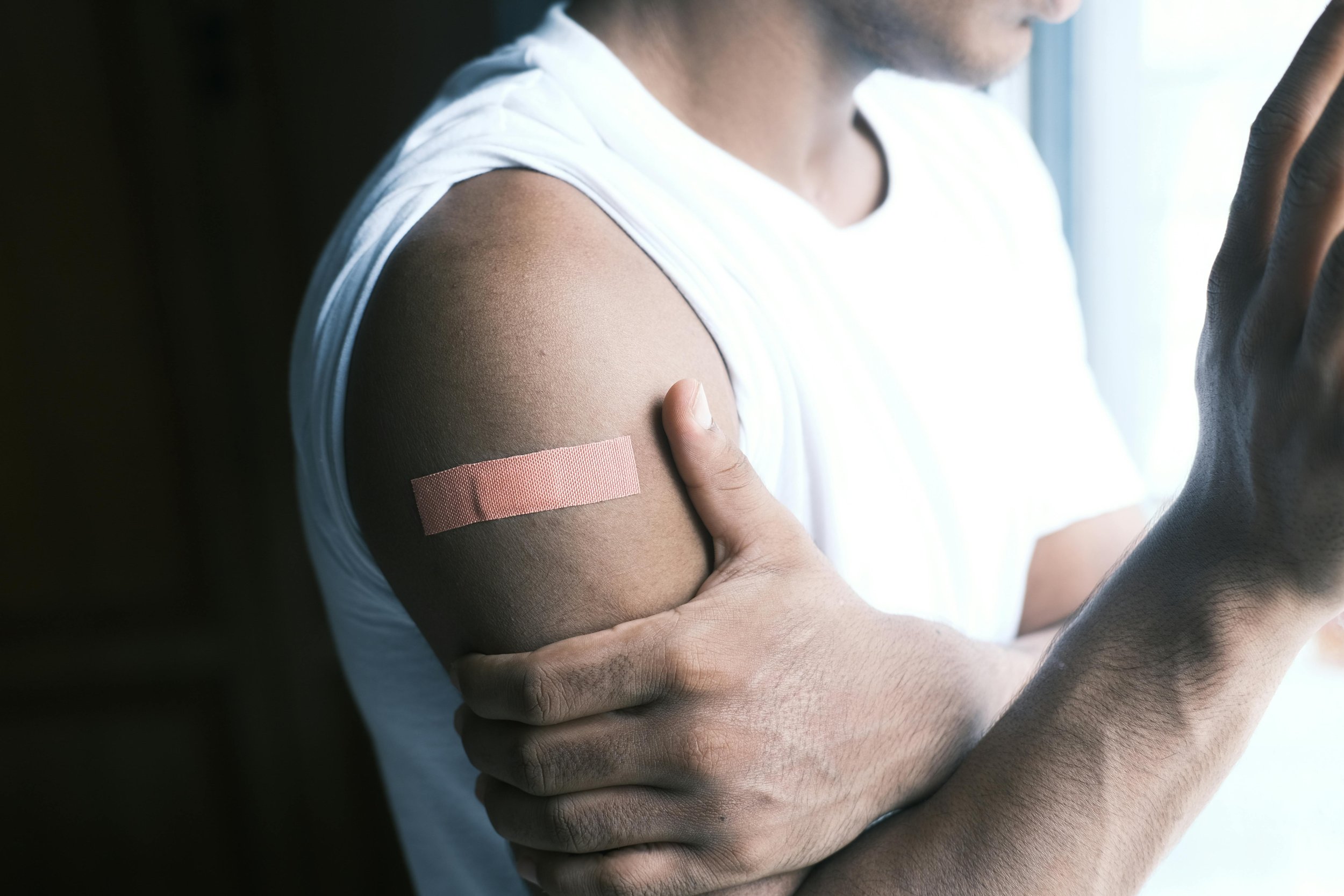The Importance of Accurate Wound Measurements in Wound Care
Understanding Wound Measurements in Effective Healing
In wound care, accurate wound measurements are essential for tracking progress, determining treatment efficacy, and ensuring optimal healing outcomes. At California Advanced Wound Care, we prioritize precision in measuring wounds to tailor treatment plans that enhance patient recovery. Whether treating acute wounds, chronic ulcers, or post-surgical wounds, standardized wound measurement techniques help medical professionals make informed decisions.
Why Wound Measurements Matter
1. Tracking Healing Progress
Regular wound assessments enable healthcare providers to determine if a wound is healing as expected. Changes in size, depth, and tissue condition provide critical insights into whether treatment approaches need adjustments. Wounds that fail to decrease in size over time may indicate an underlying infection or inadequate treatment.
2. Customizing Treatment Plans
Each wound presents unique characteristics. By accurately measuring wounds, medical professionals can select the appropriate dressings, medications, and interventions to support healing while minimizing complications. Without precise measurements, treatment could be ineffective or even harmful to the patient.
3. Preventing Infection and Complications
If a wound fails to show improvement over time, precise measurements can alert caregivers to potential issues such as infections, inadequate blood supply, or other underlying health concerns. Wound stagnation can lead to chronic ulcers, prolonged healing times, and an increased risk of systemic infections.
4. Ensuring Insurance and Documentation Compliance
Accurate wound measurements are often required for medical documentation, insurance reimbursement, and compliance with healthcare regulations. Proper documentation of wound size and healing progress supports medical necessity for continued treatments and justifies the need for advanced wound care therapies.
Methods of Measuring Wounds
1. Ruler Method
A straightforward approach, the ruler method involves measuring the wound’s longest length and widest width using a sterile ruler. While common, this method may not capture wound depth or irregular shapes accurately. Additionally, it relies on the caregiver’s ability to place the ruler consistently, which can lead to measurement variations.
2. Digital Imaging and Software
Modern technology has introduced digital wound measurement tools, which use imaging and software analysis to provide highly accurate wound dimensions and depth assessments. These tools eliminate human errors and ensure consistency. Digital wound measurement systems also allow for remote monitoring, enabling healthcare providers to assess healing trends without requiring frequent in-person visits.
3. Wound Tracing
Using transparent film, caregivers can trace the wound outline to record precise dimensions. This method helps visualize wound shape changes over time. Wound tracing provides a more accurate representation of irregularly shaped wounds but requires additional time and effort compared to other methods.
4. 3D Wound Measurement Systems
Advanced 3D wound measurement systems offer high-precision readings by capturing volumetric data, making them ideal for complex wounds or ulcers. This technology provides real-time feedback and accurate depth assessments, reducing measurement inconsistencies.
Best Practices for Accurate Wound Measurements
1. Standardizing the Measurement Process
Consistency is key in wound measurement. Following a standardized technique ensures reliability across different healthcare providers. Training all caregivers to use the same measurement method helps improve data accuracy and allows for meaningful comparisons over time.
2. Using the Same Measurement Tools
Variations in tools can lead to inconsistent data. Digital wound measurement solutions provide higher accuracy compared to manual methods. When using manual methods, ensuring that the same ruler or tracing tool is used each time reduces discrepancies.
3. Documenting Wound Changes Over Time
Recording wound size, depth, tissue appearance, and exudate levels during each assessment helps track healing trends and detect potential complications. Standardized wound assessment forms can help ensure that all necessary details are recorded consistently.
4. Measuring at the Same Time Intervals
Conducting wound measurements at regular intervals (e.g., weekly or biweekly) helps assess treatment effectiveness and make necessary modifications. Consistent monitoring allows healthcare providers to recognize healing plateaus and adjust care strategies accordingly.
5. Ensuring Proper Lighting and Positioning
Accurate wound visualization requires proper lighting and patient positioning to minimize shadows and measurement errors. Poor lighting conditions can obscure wound borders, leading to inaccurate readings.
Challenges in Wound Measurements
Despite advancements, measuring wounds remains challenging. Factors such as patient movement, wound shape irregularities, and subjective interpretation can affect accuracy. Implementing automated wound measurement technologies minimizes human error and enhances reliability.
Other challenges include:
Excessive wound exudate, which can make it difficult to determine wound edges.
Variability in caregiver techniques, which can lead to inconsistent measurements.
Complex wound shapes, requiring advanced measurement solutions such as digital imaging.
How California Advanced Wound Care Ensures Precision
At California Advanced Wound Care, we incorporate state-of-the-art measurement tools to provide accurate, real-time wound data. Our clinicians follow standardized protocols to ensure reliable results and superior patient outcomes.
Our Approach Includes:
Utilization of digital and 3D wound measurement technologies
Regular monitoring to track wound healing trends
Custom treatment plans based on precise measurements
Evidence-based interventions to accelerate recovery
By leveraging the latest wound measurement techniques, we help our patients achieve faster healing, reducing the risk of chronic wounds and related complications.
Accurate wound measurements play a crucial role in improving healing rates, preventing complications, and optimizing treatment plans. By integratng advanced wound measurement techniques, California Advanced Wound Care ensures patients receive the best possible care. Standardized and precise wound assessments not only enhance treatment outcomes but also contribute to better patient satisfaction and quality of life.

